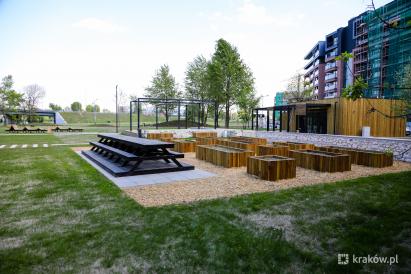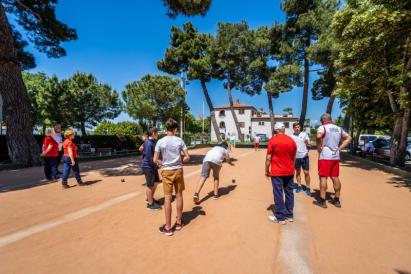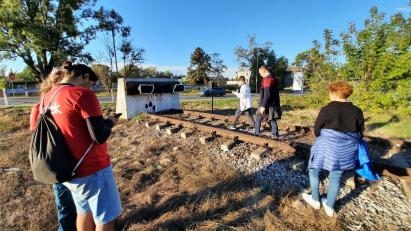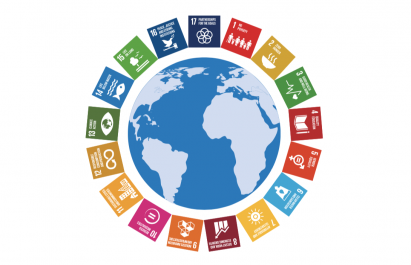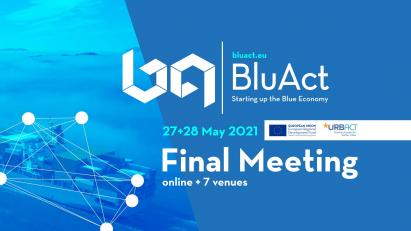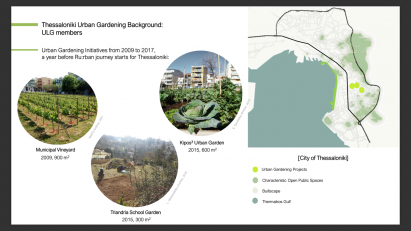So much more than the IKEA quarter… Transfer story of Targówek, Warsaw
Few people are well acquainted with Targówek. In the minds of Warsaw residents, this district is rather described as: "a peripheral part of the city", "somewhere far beyond Praga", "I heard that the underground is supposed to be coming there - it's incredible!” or „Yeah, I know, I know. Sometimes, I go to IKEA there”. However, the district is inhabited by active residents, coming from diverse backgrounds, building unique neighbourhood communities, so often disappearing in other parts of the city.

